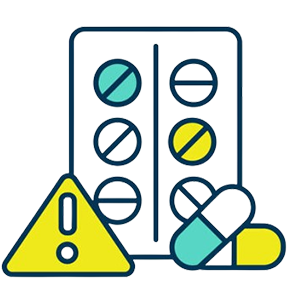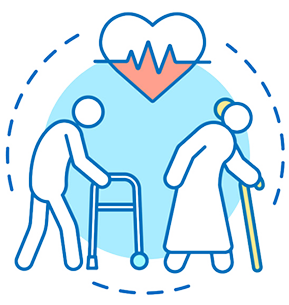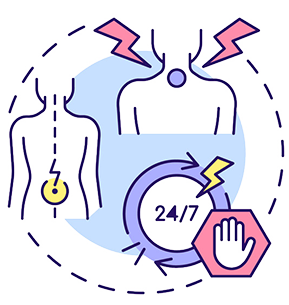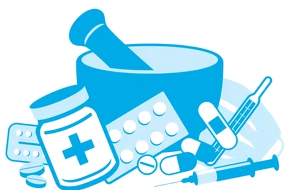Services
Areas Of Medication Expertise

Adverse Drug Reactions

Chronic Pain

Drugs and Narcotics

Geriatrics

Hospice/Palliative Care

Hospital Pharmacy

Infusion Pharmacy

Long Term Care

Medical-Legal Issues

Nursing Homes

Overdose

Pain Management

Pharmaceutical Care

Pharmacology
CASE TYPES

Defense, Nursing Home Pharmacy

Defense, Retail Pharmacy

Defense, Insurance Company

Defense, Health-System

Defense, Individual v. Ohio State Board of Pharmacy

Plaintiff, Individual v. Individual

Defense, Individual v. Health-System, LTCF

Defense, Individual v. Individual (Federal)
EXCERPTS

Ketamine
Ketamine is FDA-approved as a rapid-acting IV dissociative general anesthetic. There has been increased interest in its off-label use for pain control, administered via various routes.

Cold storage transportation
The stability of drugs being stored can be affected by transportation. Maintaining a temperature between 2 to 8 degrees Celsius is necessary for cold chain products, while frozen products..

Biosimilars
A biosimilar is a highly similar biological product with no clinically meaningful differences from an existing FDA-approved reference product. “No clinically meaningful differences" include the..

Compounding
Compounding is an essential aspect of the pharmacy profession, encompassing sterile and nonsterile preparation of medications. United States Pharmacopeia (USP) Chapters 795.

Nausea & Vomiting
The mechanism of delay-nausea (>24hours) involves stimulation of neuroreceptors other than serotonin. Dopamine mediations dominate this type of nausea.

Methadone
Methadone, an agonist of mu and delta and an antagonist at the NMDA (N-methyl-D-aspartate) receptor, offers a unique treatment option. Pain negatively affects the NMDA
Frequently Asked Questions
Yes. Whether it is workflow assessment, regulatory oversight, or clinical services, GCC will evaluate, review, and report any findings and make recommendations for correction or improvements.
Yes/No. If the organization prefers onsite consultative services, I will establish timelines for such services and coordinate travel, meetings, and outcome delivery with the organization.
Yes. Although the quality of the services doesn’t change, the dedication of time to the organization does.
Yes/No. If the organization wants a written report of findings and recommendations, I will provide this. However, if the organization does not want this and prefers an oral report only, this can be arranged.
Yes. If you or your loved one wants a review of the drugs that are currently prescribed or supplements being taken, with the purpose of understanding the medications, consider if negative side effects are due to the drugs, or recommend alternative choices.
Yes. GCC can make written recommendations to the prescribers, such as physicians, with the consent of the patient or responsible party.
No. The services are billed 100% to the individual or responsible party.
Yes. Arrangements can be made for onsite review.
Yes. Although the quality of the services doesn’t change, the dedication of time to the patient and/or family does.
Yes. For an individual, four hours is the minimum number of hours billed.
No. Each patient is different, and their past medical history and medication records are varied.
Yes. To learn more, e-mail or call GCC for a free initial conversation. If you want to proceed, a fee schedule will be sent out for your review.

